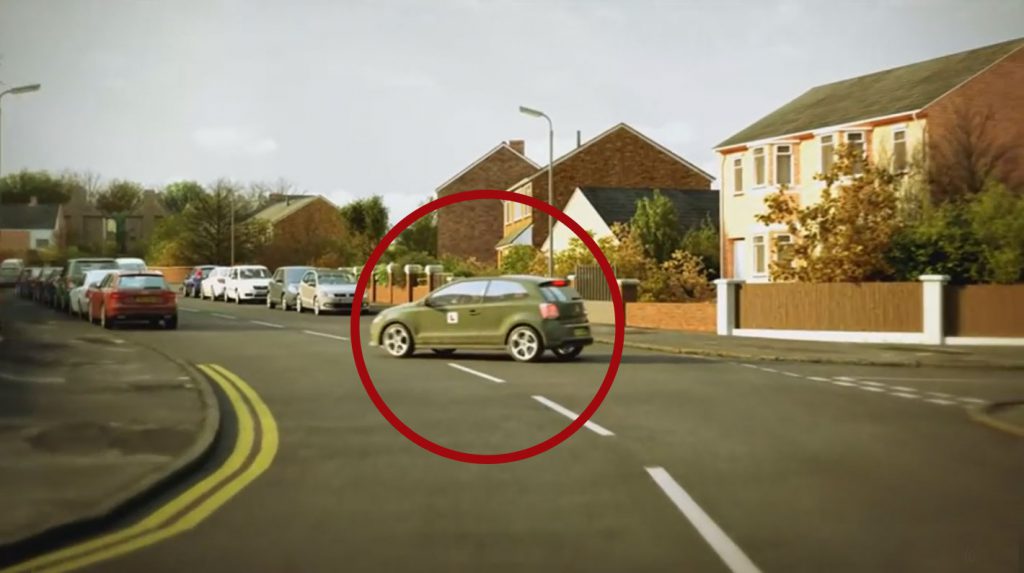

Results indicate that trained drivers both self-report and exhibit an improved understanding of the automation system. The effects of training were then evaluated through a between-group mixed-methods simulator experiment. A proof-of-concept training program designed to introduce drivers to a partial automation system was developed. Training is proposed as a potentially effective method of introducing drivers to the central aspects in this human-automation interaction. Despite their potential for increased safety, these systems come with many inherent limitations and caveats, and their safe use depend on drivers correctly understanding their new role. At this interim station lurks many dangers, there-among them issues surrounding the partial performance of the driving task. The next call, however, is partial driving automation. The automotive industry is chugging along towards full autonomy, with a yet unknown time of arrival.

ON LINE HAZARD PERCEPTION TEST DRIVER
The results of both experiments confirm the efficacy of the five principles, and provide support for the validity of the QT-HPT and its suitability for use in the graduated driver licensing system. We found no evidence of gender, income, or educational differences in hazard perception scores. In Study 2, experienced drivers were found to be faster at responding to hazards in the test than learner drivers (independent of simple reaction time or ability to use the response device), providing evidence for test validity.

In Study 1, the video-based instructions for the test were found to be intelligible to non-native English-speakers with an effective English reading age of 10 years. We proposed five principles of effective hazard perception test creation, which we used to guide development of the test. We detail the development and validation of a new computer-based hazard perception test to be used for driver licensing purposes in Queensland, Australia. Drivers' hazard perception is the ability to identify dangerous situations on the road ahead.


 0 kommentar(er)
0 kommentar(er)
